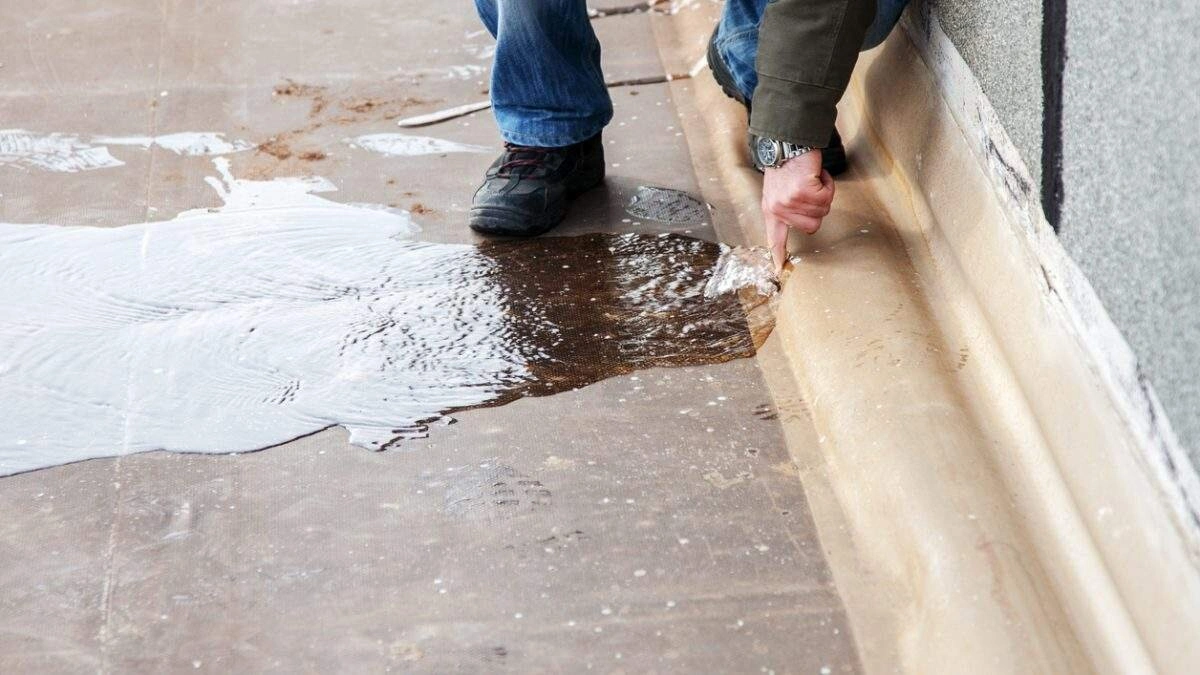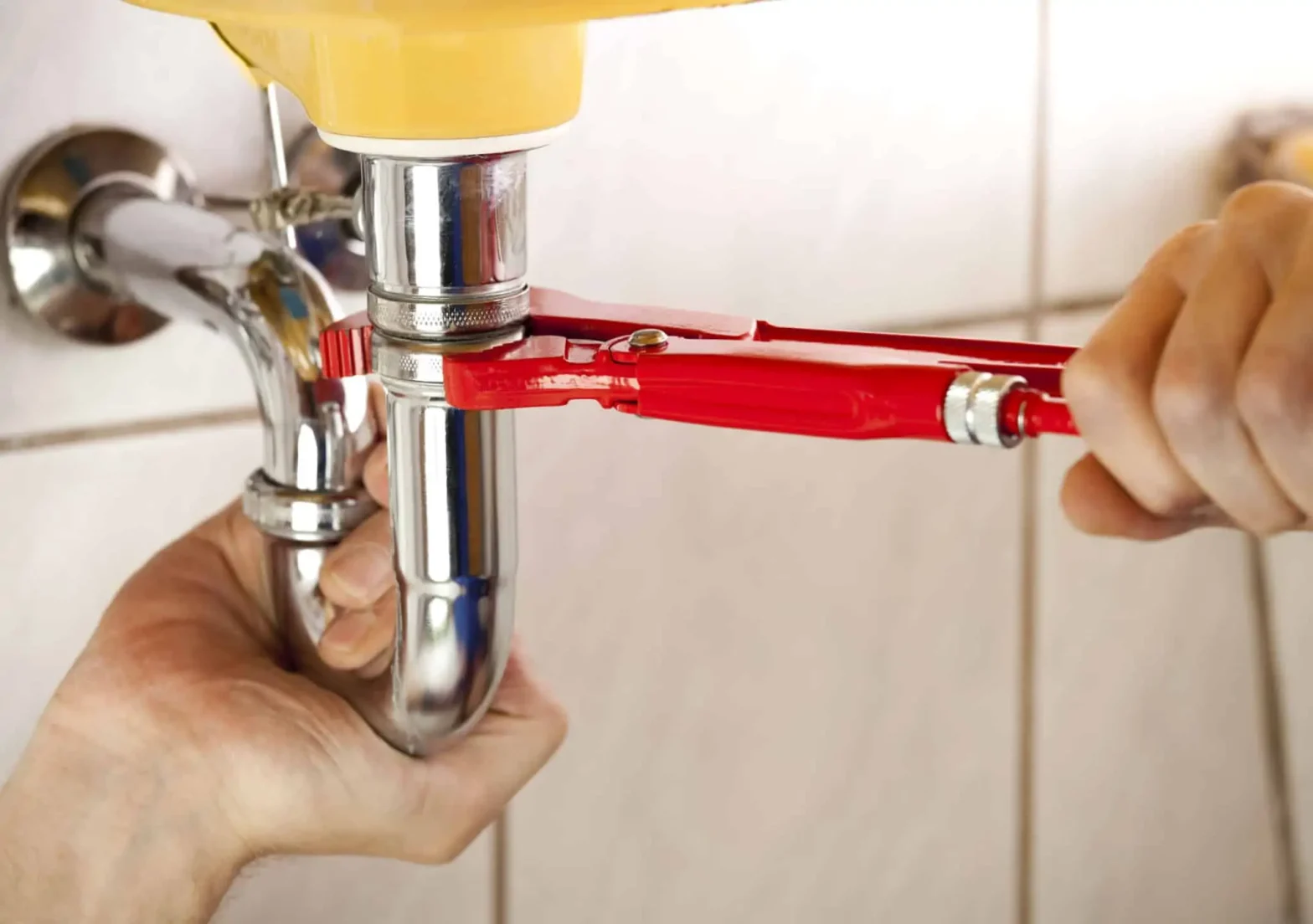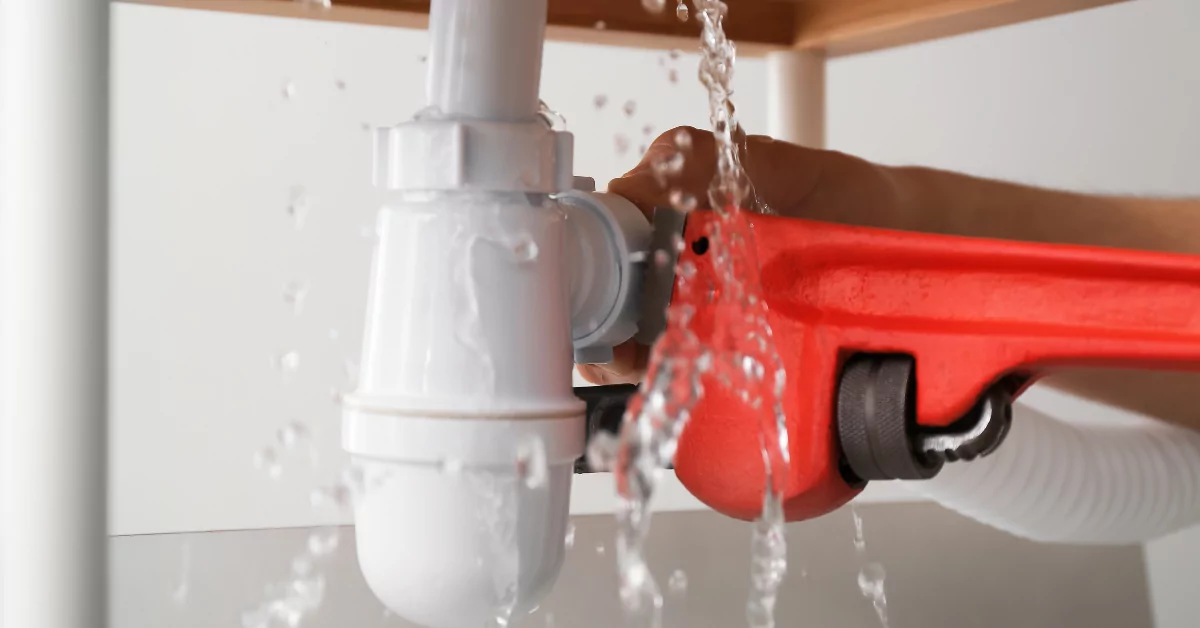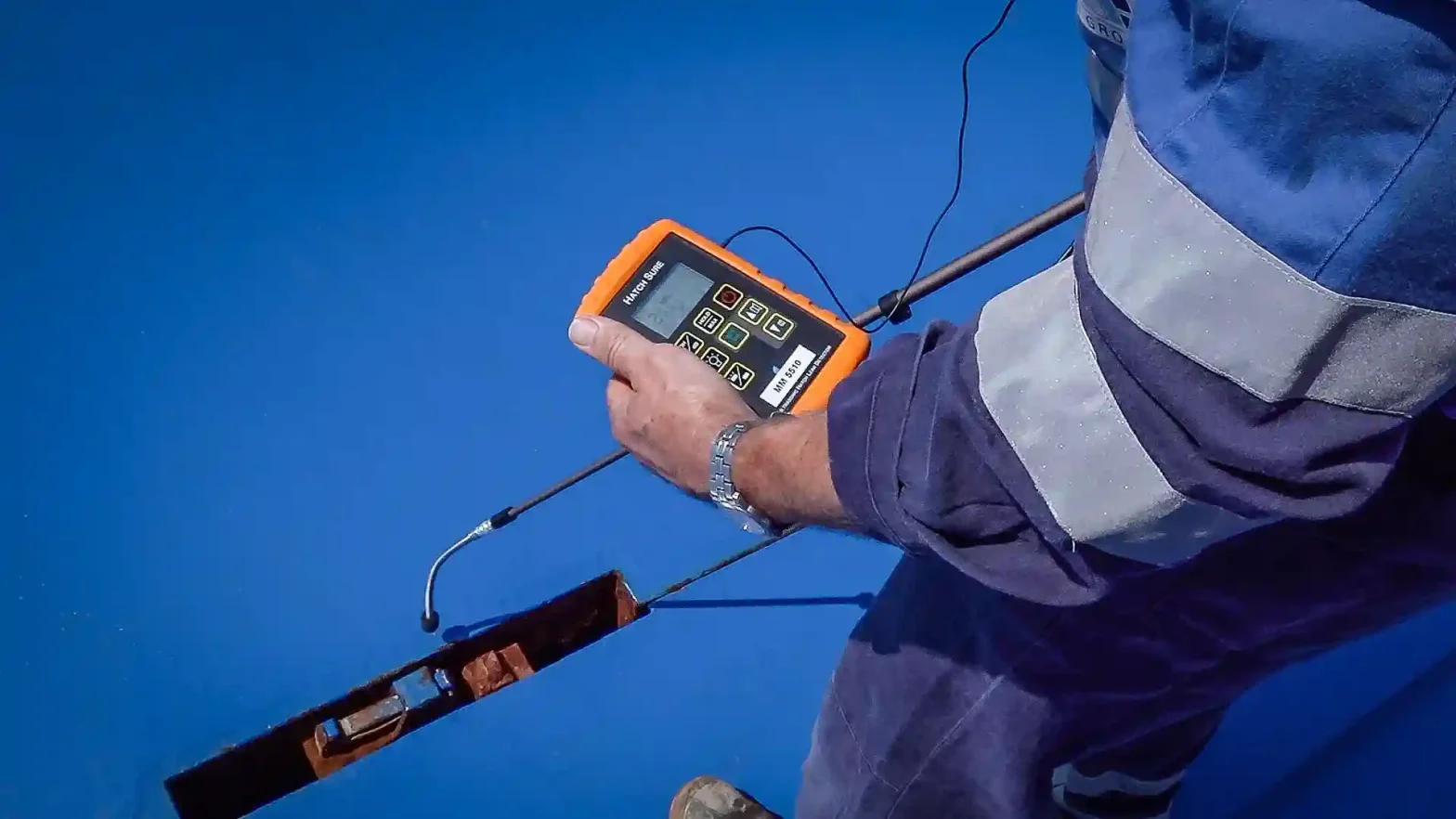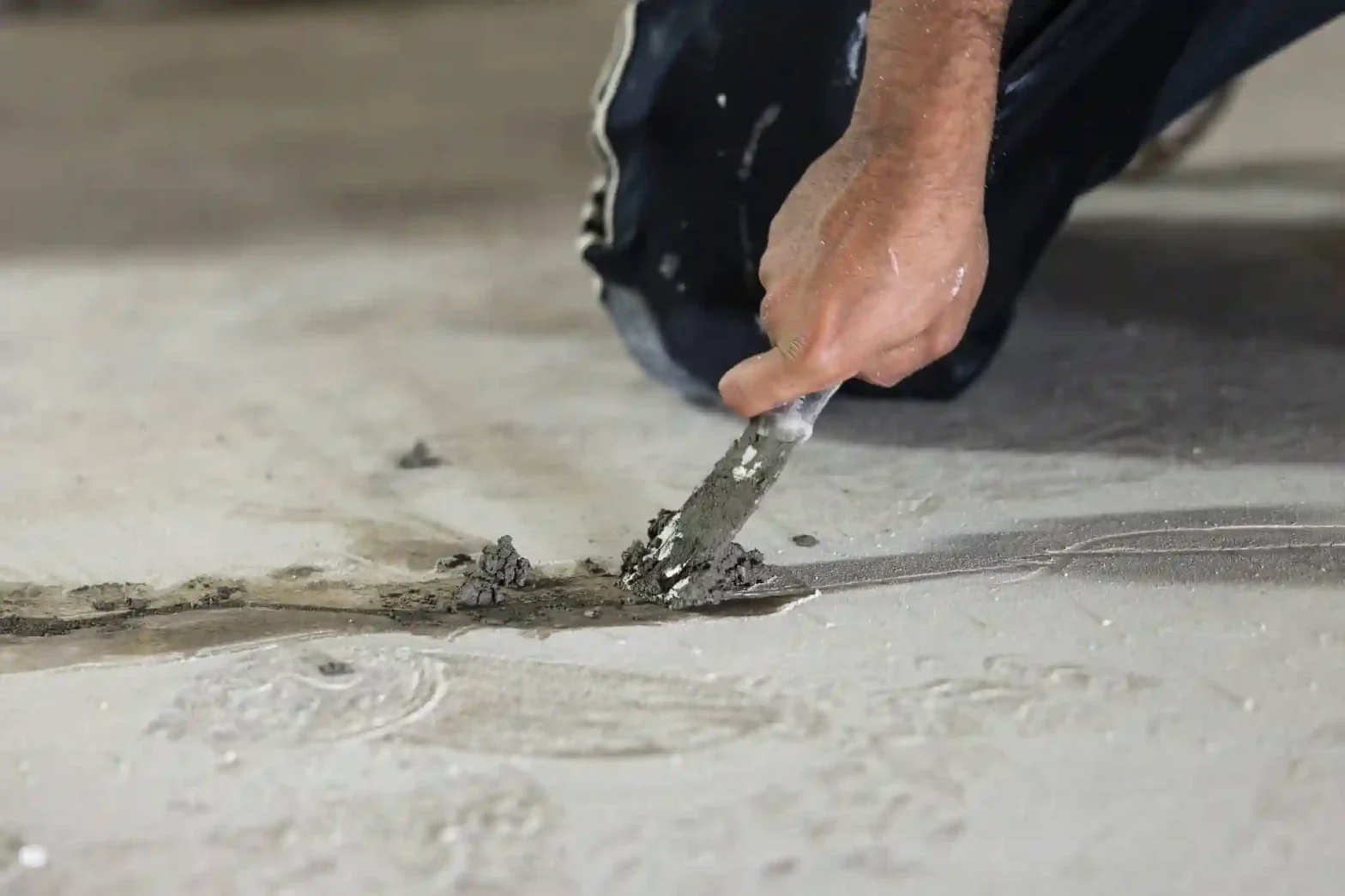Slab Leaks: How They Occur and 3 Options to Fix Them
A slab leak happens when a water line running under your concrete foundation fails and begins to seep into the slab or surrounding soil. Because the leak is hidden, it can quietly raise your water bill, warm or cool sections of the floor, cause musty odors, and even undermine flooring and baseboards before you notice. The good news is that modern diagnostics and repair methods make slab leaks faster to find and fix than ever. Below, you’ll learn what causes them, how professionals confirm the problem without tearing up your home, and three reliable options to repair the line so it stays fixed.
What Exactly Is a Slab Leak?
In most homes with concrete foundations, hot and cold water supply lines run beneath or within the slab. Over time, those lines, often copper, can develop tiny pinholes or splits. Water then migrates into the slab, wicks into the flooring, or escapes into the soil. Because the leak is under concrete, you rarely see visible dripping; instead, you may feel warm spots, hear faint hissing, or notice higher water usage. Left alone, a slab leak can damage finishes, encourage mold growth, and in severe cases, erode the soil supporting parts of the foundation.
How Slab Leaks Happen
Several factors contribute to slab leaks, and they often work together. Water chemistry can slowly corrode copper from the inside, especially on hot water lines, where temperature accelerates wear. Outside the pipe, movement and vibration can cause the tubing to rub against rebar, rocks, or the slab itself until a thin spot forms.
High water pressure and sudden pressure spikes stress fittings and joints, while poor workmanship, sharp bends, unprotected contact points, or excessive torch heat during installation can shorten a pipe’s life. Soil conditions matter too; expansive clay and seasonal ground shift put continuous stress on buried lines. In some cases, stray electrical currents (electrolysis) contribute to corrosion, particularly when grounding is improper. The end result is the same: a small opening that slowly becomes a costly problem.
Signs You May Have a Slab Leak
Most homeowners first notice indirect clues. Your water bill climbs for no clear reason. The water meter moves even when every faucet and appliance is off. A section of the floor feels unusually warm under bare feet, suggesting a hot water line is leaking. You may notice a persistent, musty smell near baseboards, see darkened grout lines, or find laminate buckling and wood cupping. In quieter rooms, you may hear a faint hiss. Outdoors, you could spot damp soil near the foundation or a constantly wet meter box. None of these alone proves a slab leak, but together they point strongly in that direction.
Recommended reading: Slab Leak Symptoms Early Checklist
Three Options to Fix a Slab Leak
Option 1: Direct Access and Spot Repair
Direct access means opening the slab at the precise location of the leak, exposing the failed section, and replacing it with new pipe and fittings. This approach is ideal when the leak is well-defined, the rest of the line is in good condition, and access is practical. It offers a permanent fix at the leak point and keeps the original pipe layout intact. You should plan for concrete patching and floor repair afterward, but a careful crew keeps the opening as small as possible and protects surrounding areas. This method shines when you want a targeted solution and minimal disruption elsewhere in the home.
Option 2: Epoxy Pipe Lining (In-Place Restoration)
In certain conditions, epoxy lining allows technicians to rehabilitate the interior of a supply line without extensive demolition. After cleaning and drying the pipe, a food-grade epoxy is introduced to coat the interior, sealing pinholes and restoring flow. Lining works best on relatively straight runs with limited fittings, where the pipe still has enough integrity to hold the coating. It can be a strong choice when multiple tiny leaks exist along a run or when direct access would significantly damage finishes. Not every pipe qualifies; severely kinked, crushed, or heavily corroded lines are poor candidates, and reputable contractors evaluate suitability with testing and camera inspections before recommending this route.
Option 3: Reroute or Repiping Above the Slab
Rerouting bypasses the leaking section entirely by running new piping through walls, ceilings, or the attic. For homes with aging copper or repeated slab leaks, this is often the most future-proof fix. Instead of chasing and patching leaks under concrete, you relocate vulnerable lines to accessible spaces and use modern materials. Many homeowners choose partial reroutes for specific branches (like a hot line to a bathroom) or a full repipe when multiple areas are affected. The advantages include fewer slab penetrations, easier maintenance, and a much lower chance of repeat slab leaks. You’ll have minor wall or ceiling patches where the new lines travel, but you avoid breaking up large sections of flooring.
Choosing the Right Repair for Your Home
There isn’t a single “best” method, only the best fit for your situation. Consider the age and material of your plumbing, the number and frequency of leaks, and how easily floors can be restored if the slab is opened. Think about your tolerance for future risk: if you’ve had more than one slab leak, rerouting or repiping can be more economical over time than chasing spot repairs.
For newer homes with a single, well-located leak, direct access may be the fastest path back to normal. If access is difficult and the line is a good candidate, epoxy lining offers a way to repair without major demolition. A thorough assessment from a licensed plumber, complete with pressure tests, imaging, and a clear scope, will make the decision straightforward. Don’t hesitate to ask for side-by-side estimates that explain timelines, restoration steps, warranties, and long-term maintenance needs.
How Cali’s Choice Helps
Cali’s Choice combines non-invasive diagnostics with honest options. Our team isolates the problem, shows you exactly what we find, and explains each repair path in plain language. You’ll receive a written estimate, clear timelines, and guidance on restoring flooring or finishes if a slab opening is part of the plan. If you’re filing an insurance claim, we document moisture levels, pressure tests, and photos to support your file. Whether your best solution is a precise spot repair, epoxy restoration, or a clean reroute, we focus on doing the job once and doing it right.
Ready to Stop a Slab Leak for Good?
Don’t wait for a warm floor or rising water bill to cause structural damage. Contact Cali’s Choice for same-day slab leak detection and expert repair options. We’ll locate the problem, walk you through the best solutions for your home and budget, and complete the work with care, from protection and cleanup to prevention advice so you can get back to normal with confidence.


